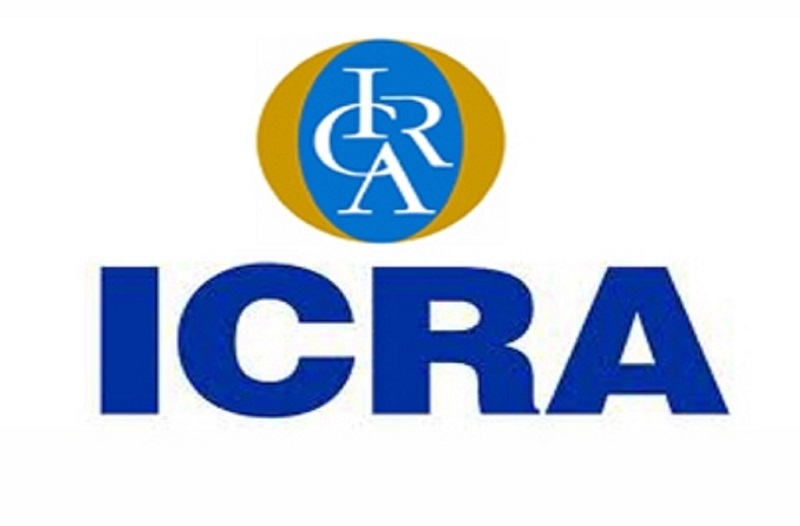Union Budget 2017-18 Expectations
“There is considerable anticipation about how the government will articulate the Union Budget for FY18. This time the Union Budget will be markedly distinctive from the earlier budgets mostly because of the three major changes that it will imbibe – Merging the Railway Budget with the Union Budget, discarding the traditional expenditure-reporting format under the broad categories of Plan and non-Plan expenditure and preponing the budget date. Further, the Union Budget requires to be drafted, prudently, in the framework of demonetisation-induced shock to the economy, the uncertainty over the pace of domestic growth especially rural economy, heightened risks to global growth recovery, firming-up of global commodity prices and the delay in implementation of GST.
Given the above scenario, there arises a lot of uncertainty and raises more questions rather than expectations. How will the government manage to combat the overall slowdown in demand, especially in the rural segment, and create the much-needed employment? In terms of allocation, will the segments/sectors impacted by demonetisation receive greater focus and limit the possibilities of any major initiatives? Given the moderation in the projection of Indian economy, will the Union Budget be tilted towards populist or reformist measures? Can we expect the Union Budget for FY18 to pave way towards increasing disposable income by providing some relief under personal income tax? These are some of the questions that we would seek answers to in the upcoming Union Budget.
We anticipate that the Union Budget for FY18 would be devoid of any major or big-bang reforms/initiatives as it is likely to focus on hand-holding the implementation of the many major initiatives already taken and assurances made by the government earlier. In a way, the government has been making a serious attempt to bring the Union Budget closer to what it essentially is – a mere accounting and allocation exercise – while making reforms an on-going year-long process.
When the earlier growth projections were framed, favourable monsoon, implementation of 7th pay award and transmission of policy rate cuts to the borrowers were expected to fuel the consumption demand in FY17. However, the demand shock posed by demonetisation derailed the consumption growth story especially in rural areas. In such a scenario, expectations are high that the government might announce various measures and increased allocation in the agriculture and social sector.
The sectors catering to the rural demand could receive additional sops/benefits. Besides the rural sector, overall consumer sentiment needs a push. The push to consumer demand could be given either, directly by increasing the disposable income by altering the tax exemption limits (progressively taxing the higher income groups) or indirectly by making the consumer goods segment or services more affordable. Further, both demonetization and GST has and will have in the medium term a profound impact on the largely un-organised MSME segment in India. Hence, the budget is expected to announce some initiatives or exemptions to the MSME segment.
The other important segment, which would need emphasis, is the infrastructure sector. The investment activity needs to be accelerated to support growth which is expected to have been considerably affected by demonetisation. Thus, the prerogatives would be not only to increase fund allocation to various schemes/initiatives, but also to ensure effective utilization of the funds allocated and fast track the execution of the various infrastructure projects. Moreover, railways are likely to draw significant attention in this space.
Increasing the revenue collection both from direct and indirect tax in the ensuing year would be crucial. While demonetisation was a push (involuntary) which forced people to declare their taxable income, combining it with a voluntary compliance mechanism for declaration of taxable income would make the entire method of increasing the tax base more robust. The government would be relying on GST for indirect tax collection. However, the near term is likely to be challenging with adjustment costs for the private sector (coping with inter-sector implications of new tax rates), and the Central Government (trying to compensate states for revenue loss).
Under the fiscal consolidation roadmap, even as the government remains committed to reduce fiscal deficit to 3% by FY18, any slippages in budgeted disinvestment, rise in global crude oil price, need for recapitalization of state-run banks and slowing economy could pose considerable challenge to the Central Government”.



